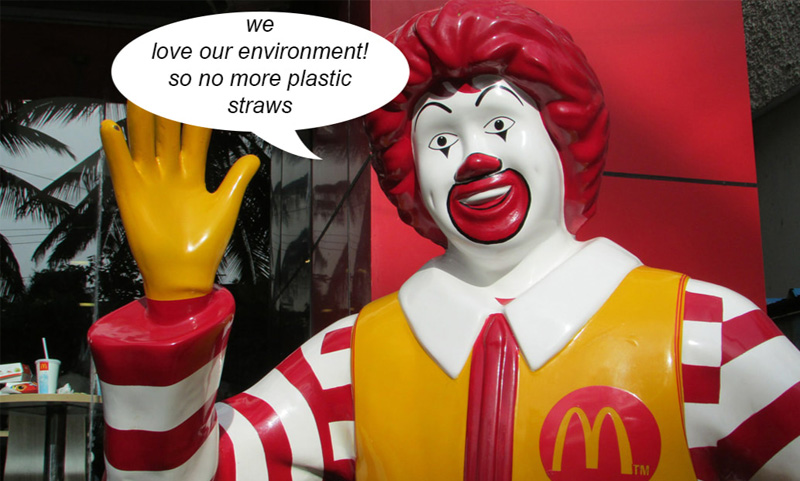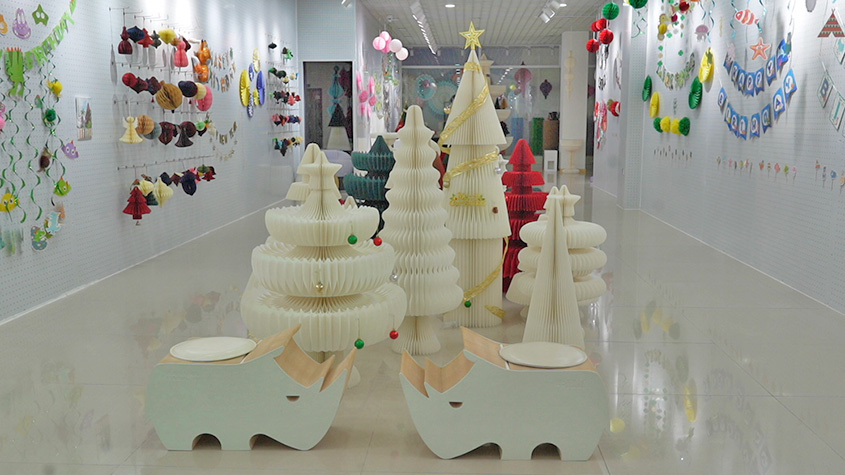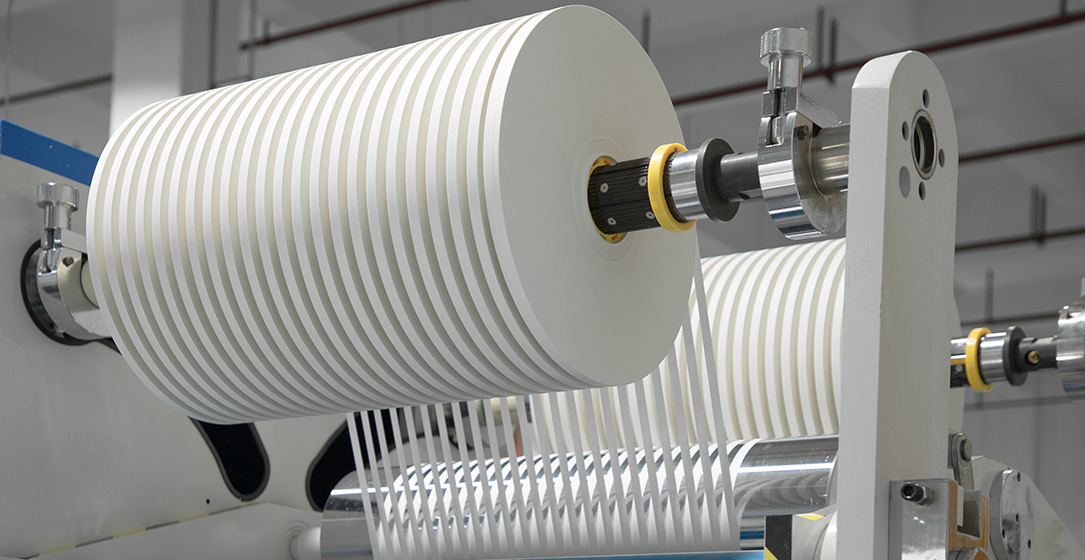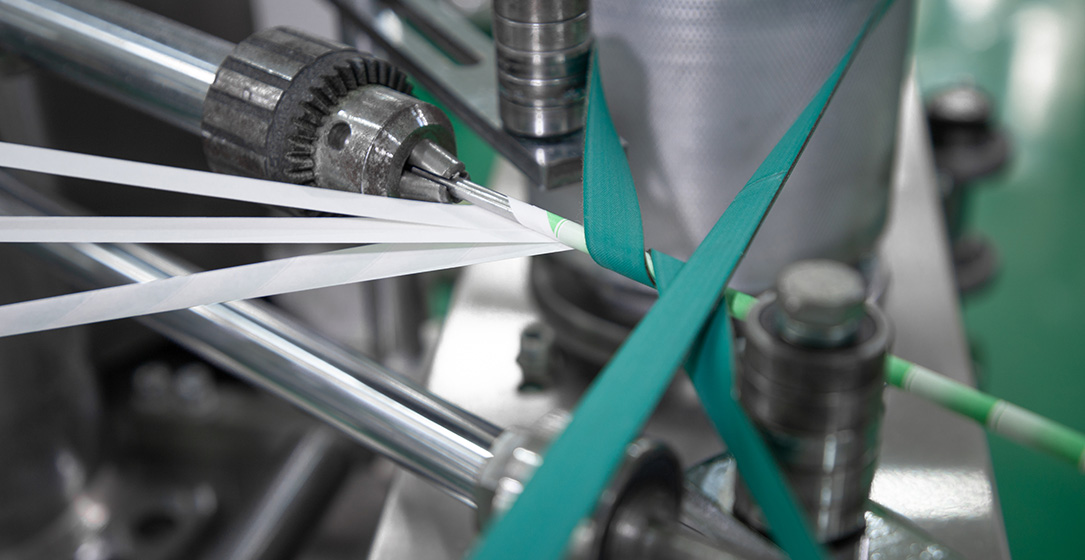
Introduction:
In the colorful world of paper decoration production, success is not just about creativity and craftsmanship; it's also about implementing a robust market strategy. As demand for unique and visually appealing paper decorations continues to rise, manufacturers must navigate through a competitive landscape to capture market share and sustain growth. In this blog, we'll explore the intricacies of market strategy for the paper decoration production market, focusing on key elements such as manufacturing processes, product technology, and equipment, while emphasizing the importance of innovation and adaptability.
Understanding the Paper Decoration Production Market:
The paper decoration production market encompasses a diverse array of products, ranging from intricate paper flowers and origami ornaments to whimsical garlands and banners. Manufacturers in this industry utilize various manufacturing processes, product technologies, and equipment to bring their creations to life. With a growing emphasis on customization, sustainability, and quality, market strategy plays a crucial role in positioning products effectively, targeting the right audience, and achieving sustainable growth.
Key Components of Market Strategy:
- Manufacturing Processes:
Effective market strategy begins with optimizing manufacturing processes to ensure efficiency, quality, and cost-effectiveness. Manufacturers must streamline production workflows, invest in advanced machinery and equipment, and implement quality control measures to maintain high standards throughout the manufacturing process. By continually refining manufacturing processes, manufacturers can enhance productivity, reduce lead times, and meet customer demands more effectively.
- Product Technology:
Innovation in product technology is essential for staying competitive in the paper decoration production market. Manufacturers must stay abreast of the latest advancements in digital printing, die-cutting, embossing, and 3D printing technologies to expand design possibilities, improve production efficiency, and enhance product quality. By leveraging cutting-edge product technologies, manufacturers can differentiate their offerings, attract discerning customers, and drive market growth.
- Equipment Investment:
Investing in state-of-the-art equipment is paramount for maintaining a competitive edge in the paper decoration production market. Manufacturers must carefully evaluate equipment options, considering factors such as reliability, performance, and versatility. Whether it's investing in high-speed die-cutting machines, precision laser cutters, or advanced digital printers, selecting the right equipment can significantly impact production capabilities and product quality.
- Market Research and Analysis:
Market research and analysis are fundamental components of market strategy in the paper decoration production market. Manufacturers must conduct thorough market research to identify emerging trends, understand customer preferences, and assess competitor offerings. By gathering actionable insights from market research, manufacturers can refine product designs, develop targeted marketing campaigns, and capitalize on market opportunities effectively.
- Product Differentiation:
Product differentiation is key to standing out in a crowded market landscape. Manufacturers must focus on developing unique, innovative, and visually appealing paper decorations that offer distinct value propositions to customers. Whether it's incorporating sustainable materials, introducing customizable designs, or offering exclusive packaging options, product differentiation can help manufacturers capture the attention of target customers and foster brand loyalty.
- Distribution Channels:
Choosing the right distribution channels is essential for reaching target customers and maximizing market reach. Manufacturers must evaluate various distribution options, including online marketplaces, brick-and-mortar retailers, and direct-to-consumer sales channels. By diversifying distribution channels and establishing strategic partnerships, manufacturers can expand market penetration, increase brand visibility, and drive sales growth.
- Marketing and Promotion:
Effective marketing and promotion are critical for generating awareness, building brand equity, and driving sales in the paper decoration production market. Manufacturers must develop comprehensive marketing strategies encompassing digital marketing, social media engagement, influencer partnerships, and targeted advertising campaigns. By effectively communicating product features, benefits, and unique selling points, manufacturers can attract customer attention, stimulate demand, and drive purchase intent.
Conclusion:
In conclusion, a well-defined market strategy is essential for success in the paper decoration production market. By optimizing manufacturing processes, embracing product technology, investing in equipment, conducting market research, differentiating products, selecting distribution channels, and implementing strategic marketing efforts, manufacturers can position themselves for sustained growth and competitiveness in this dynamic industry landscape. As consumer preferences evolve and market dynamics shift, manufacturers must remain agile, innovative, and customer-centric to capitalize on emerging opportunities and stay ahead of the curve.





















